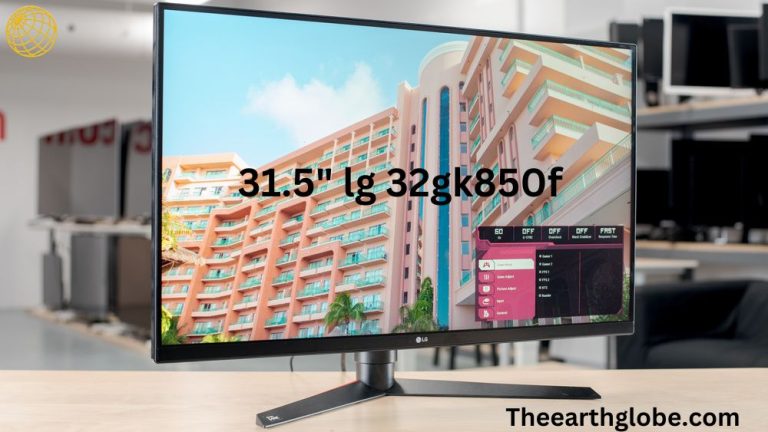Types of Street Lights: A Comprehensive Guide
Street lighting is a crucial aspect of urban infrastructure, providing safety, security, and aesthetics to communities around the world. As cities grow and technology advances, the types of street lights available have evolved significantly. This blog post will delve into the different types of street lights, their features, benefits, and ideal applications, ensuring you have all the information needed to make an informed decision.
Introduction to Street Lighting
Street lights are essential for illuminating roads, sidewalks, parks, and public spaces, making them safer for pedestrians and drivers alike. Proper street lighting can reduce accidents, deter crime, and enhance the overall quality of life in urban areas. With various options available, it’s important to understand the different types of street lights to choose the right one for your needs.
Traditional Street Lights
a. Incandescent Street Lights
Incandescent street lights are among the oldest types of street lights. They use a tungsten filament that glows when an electric current passes through it. While they provide a warm, inviting light, incandescent bulbs are not energy-efficient and have a short lifespan.
Key Features:
- Warm, soft light
- Low initial cost
- Short lifespan
- High energy consumption
Ideal Applications:
Historical or decorative areas where maintaining a vintage look is important
b. Fluorescent Street Lights
Fluorescent street lights use a gas-discharge process to produce light. They are more energy-efficient than incandescent bulbs and have a longer lifespan. However, they contain mercury, making them less environmentally friendly.
Key Features:
- Moderate energy efficiency
- Longer lifespan than incandescent
- Contains mercury
- Moderate light quality
Ideal Applications:
Areas requiring moderate lighting with an emphasis on energy savings
Modern Street Lights
a. High-Intensity Discharge (HID) Street Lights
HID street lights are a popular choice for many urban and suburban areas. They come in several varieties, including metal halide, high-pressure sodium, and mercury vapour lights.
Key Features:
High brightness
Long lifespan
Energy-efficient compared to incandescent and fluorescent
Slow start-up time
Types of HID Street Lights:
- Metal Halide (MH) Street Lights:
- Produce bright, white light
- Good colour rendering
- Suitable for sports fields and parking lots
- High-Pressure Sodium (HPS) Street Lights:
- Emit a yellow-orange light
- Extremely energy-efficient
- Commonly used on highways and large outdoor areas
- Mercury Vapour Street Lights:
- Emit a bluish-white light
- Good for illuminating large areas
- Gradually being phased out due to environmental concerns
b. Light Emitting Diode (LED) Street Lights
LED street lights have revolutionized street lighting with their energy efficiency, long lifespan, and superior light quality. They use semiconductor technology to produce light, which makes them incredibly versatile.
Key Features:
- High energy efficiency
- Long lifespan (up to 50,000 hours)
- Instant start-up
- Low maintenance
- Excellent light quality and colour rendering
Ideal Applications:
Residential areas, city streets, highways, and public spaces
c. Solar Street Lights
Solar street lights are an eco-friendly option that uses photovoltaic panels to convert sunlight into electricity, stored in batteries for night-time use. They are independent of the grid and can operate in remote or off-grid areas.
Key Features:
- Renewable energy source
- Low operating costs
- Requires sunlight for optimal performance
- Batteries need regular maintenance
Ideal Applications:
Rural areas, parks, pathways, and areas with ample sunlight
Smart Street Lights
a. Adaptive Street Lighting
Adaptive street lighting systems adjust their brightness based on real-time conditions such as traffic flow, weather, and time of day. These systems use sensors and control systems to optimize energy use and enhance safety.
Key Features:
- Dynamic brightness control
- Energy-efficient
- Enhances safety and visibility
- High initial investment
Ideal Applications:
Urban areas, smart cities, and areas with variable traffic patterns
b. Integrated Smart Street Lighting
Integrated smart street lights are part of a broader smart city infrastructure. They can be connected to other city services like traffic management, surveillance systems, and environmental monitoring.
Key Features:
- Multi-functional capabilities
- Energy-efficient
- Enhances city management and public services
- High initial investment
Ideal Applications:
Smart cities, urban areas with integrated technology systems
Specialty Street Lights
a. Architectural and Decorative Street Lights
Architectural and decorative street lights are designed to enhance the aesthetic appeal of public spaces. They come in various styles and designs to complement the surrounding architecture.
Key Features:
- Aesthetic appeal
- Moderate energy efficiency
- Customizable designs
Ideal Applications:
Historic districts, parks, plazas, and residential areas
b. Solar-Powered LED Street Lights
Combining the benefits of solar and LED technologies, solar-powered LED street lights are highly efficient and environmentally friendly. They are ideal for areas with ample sunlight and limited access to the electrical grid.
Key Features:
- Renewable energy source
- High energy efficiency
- Long lifespan
- Low maintenance
Ideal Applications:
Rural areas, parks, pathways, and developing regions
Factors to Consider When Choosing Street Lights
When selecting the right types of street lights for your area, consider the following factors:
- Energy Efficiency
Energy efficiency is crucial for reducing operational costs and environmental impact. LED and solar street lights are the most energy-efficient options available.
- Lifespan and Maintenance
Consider the lifespan of the street lights and the maintenance requirements. LED street lights have a long lifespan and require minimal maintenance compared to traditional options.
- Light Quality
The quality of light, including colour temperature and colour rendering, affects visibility and safety. LED and metal halide street lights offer superior light quality.
- Environmental Impact
Consider the environmental impact of the street lights, including energy consumption, carbon footprint, and hazardous materials. Solar and LED street lights are the most eco-friendly choices.
- Cost
Evaluate both the initial investment and long-term operational costs. While LED and smart street lights have higher upfront costs, they offer significant savings in the long run.
Future Trends in Street Lighting
The future of street lighting is moving towards greater energy efficiency, sustainability, and integration with smart city technologies. Innovations such as IoT-enabled street lights, smart sensors, and adaptive lighting systems will continue to transform urban environments.
- IoT-Enabled Street Lights
IoT-enabled street lights can communicate with other devices and systems, allowing for real-time monitoring and control. They can improve energy efficiency, enhance public safety, and reduce maintenance costs.
- Smart Sensors
Smart sensors can detect motion, weather conditions, and air quality, adjusting the street lights accordingly. This can help reduce energy consumption and improve the quality of life in urban areas.
- Renewable Energy Integration
Integrating renewable energy sources like solar and wind with street lighting systems will become more prevalent, reducing reliance on the grid and lowering carbon emissions.
Conclusion
Understanding the different types of street lights is essential for making informed decisions about urban infrastructure. Whether you are looking for energy efficiency, aesthetic appeal, or advanced smart technology, there is a street lighting solution to meet your needs. As cities continue to grow and evolve, innovative street lighting solutions will play a crucial role in creating safe, sustainable, and vibrant urban environments.
By considering factors such as energy efficiency, lifespan, light quality, environmental impact, and cost, you can choose the right types of street lights for your community. Embracing modern and smart street lighting technologies will not only enhance safety and visibility but also contribute to a more sustainable future.
In conclusion, the wide variety of types of street lights available today offers numerous options to suit different needs and preferences. From traditional incandescent and fluorescent lights to modern LED, solar, and smart street lights, the possibilities are vast. As technology continues to advance, street lighting will become even more efficient, sustainable, and integrated into the smart cities of the future.







